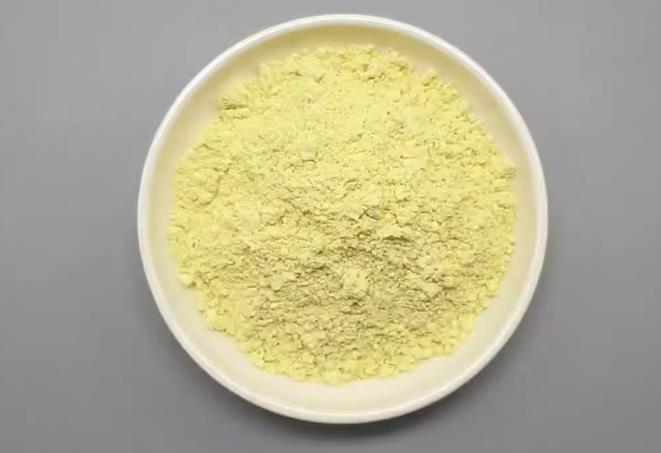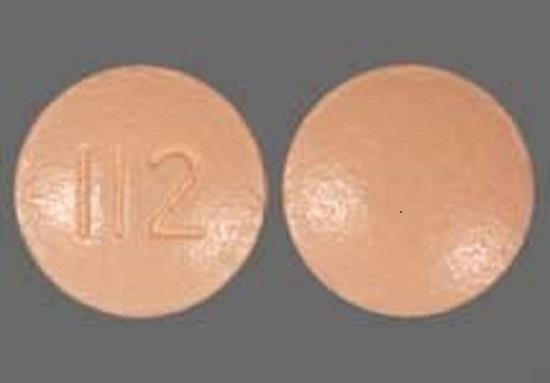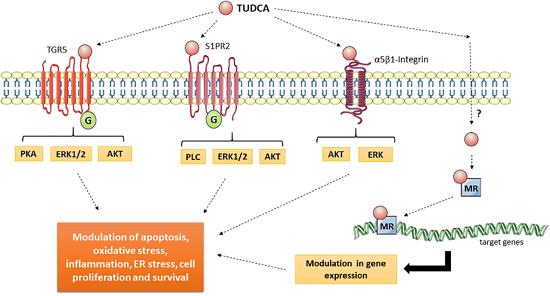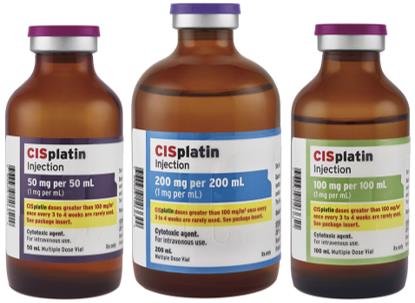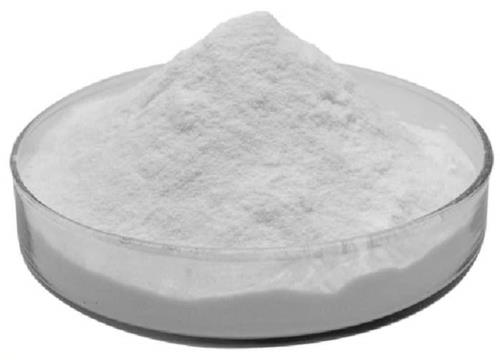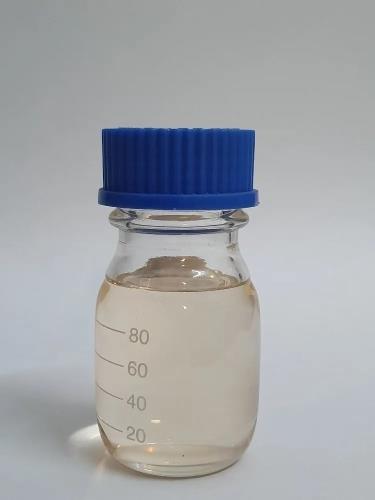Active Pharmaceutical Ingredients (API), popularly speaking, are the raw materials of medicines, only pharmaceutical raw materials are processed into pharmaceutical preparations , can they become medicines available for clinical use, so drugs we usually eat are the finished drugs through processing. Active Pharmaceutical Ingredients based on its sources can be divided into two major categories ,including chemical synthetic drugs and natural chemical drugs. Chemical synthetic drugs can be divided into organic synthetic drugs and inorganic synthetic drugs. Inorganic synthetic drugs are inorganic compounds ( very few is element), such as aluminum hydroxide, magnesium trisilicate which are used for the treatment of gastric and duodenal ulcers ; organic synthetic drugs are mainly composed of drugs made by basic organic chemical raw materials, through a series of organic chemical reactions (such as aspirin, chloramphenicol, caffeine, etc.). Natural chemical drugs ,based on its sources,can be divided into two categories including biochemical drugs and plant chemical drugs. Antibiotics are generally made by the microbial fermentation, which belongs to the biochemistry category. A variety of semi-synthetic antibiotics occurs in recent years,which are biosynthesis and chemical synthesis combining products.Among active Pharmaceutical Ingredients, the organic synthetic drugs varieties, yields and values have the largest proportion,which are the main pillars of the chemical and pharmaceutical industries. The quality of active Pharmaceutical Ingredients decides whether the formulation is good or bad , so its quality standards are very strict ,countries in the world have developed national pharmacopoeia standards and strict quality control methods for its widely used active Pharmaceutical ingredients.
Modern applications of sebacic acid
Sebacic acid is a naturally occurring dicarboxylic acid that has gained attention for its potential applications in various biological processes.
May 31,2023 APIApigenin: a promising natural compound with numerous health benefits
Apigenin is a naturally occurring flavone that belongs to the class of compounds called flavonoids. It is a promising natural compound with numerous potential health benefits.
May 30,2023 APISitagliptin: A Leading DPP-4 Inhibitor for Diabetes Treatment
Sitagliptin is a popular oral medication used to treat type 2 diabetes. It is classified as a dipeptidyl peptidase-4 (DPP-4) inhibitor that improves blood sugar control.
May 30,2023 APITauroursodeoxycholic Acid: Exploring its Vital Role in Various Biological Processes
Tauroursodeoxycholic acid is a bile acid derived from ursodeoxycholic acid. It is naturally produced in the body through a series of enzymatic reactions in the liver.
May 29,2023 APIChlorphenesin: applications and toxicology
Chlorphenesin is a synthetic glycol compound. It exists in the form of white, crystalline powder and has both medical and cosmetic applications.
May 29,2023 APIPlatinum-Based Chemotherapy: A Vital Tool in Cancer Treatment
Platinum-based chemotherapy drugs are a type of chemotherapy that uses platinum compounds to treat cancer.
May 29,2023 APIChloral hydrate: toxicities and applications
Chloral hydrate is a geminal diol which was use as a sedative and hypnotic pharmaceutical drug. It is also Chloral hydrate has a fairly unique toxicity profile as compared to other sedative-hypnotics.
May 26,2023 APIalpha-Arbutin: A Review of its Application as a Skin Lightening Agent
alpha-Arbutin is a hydroquinone glycoside compound existing in bear fruit, bilberry and other plants.
May 24,2023 APIIodomethane: Properties, Applications and Toxicities
Iodomethane is a colorless liquid with a pungent, ether-like odor. It is an excellent substrate for SN2 substitution reactions.
May 24,2023 APIBenzylamine: Properties, Preparation and Applications
Benzylamine is a primary amine compound having benzyl as the N-substituent.
May 24,2023 API




